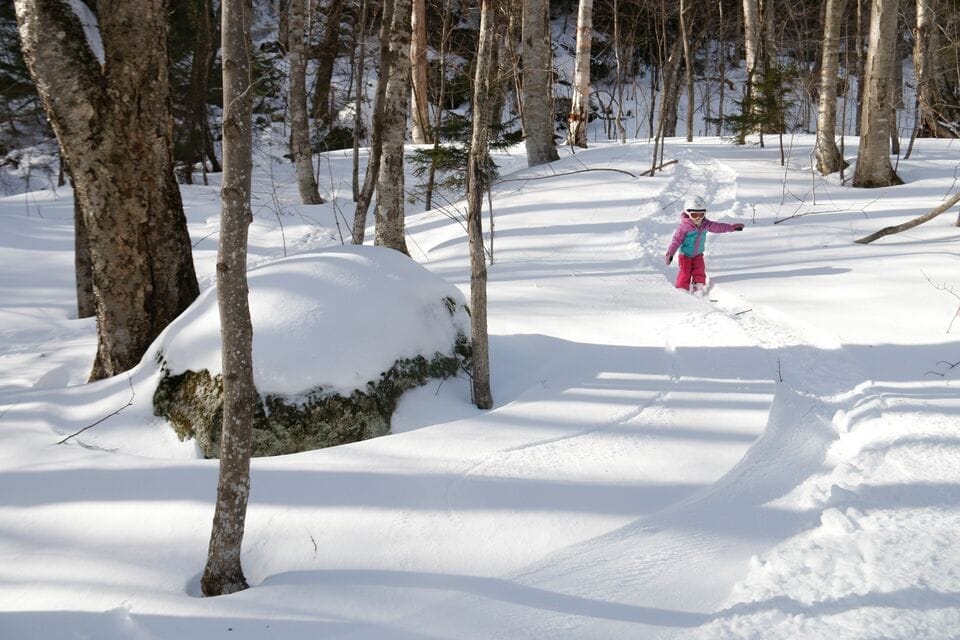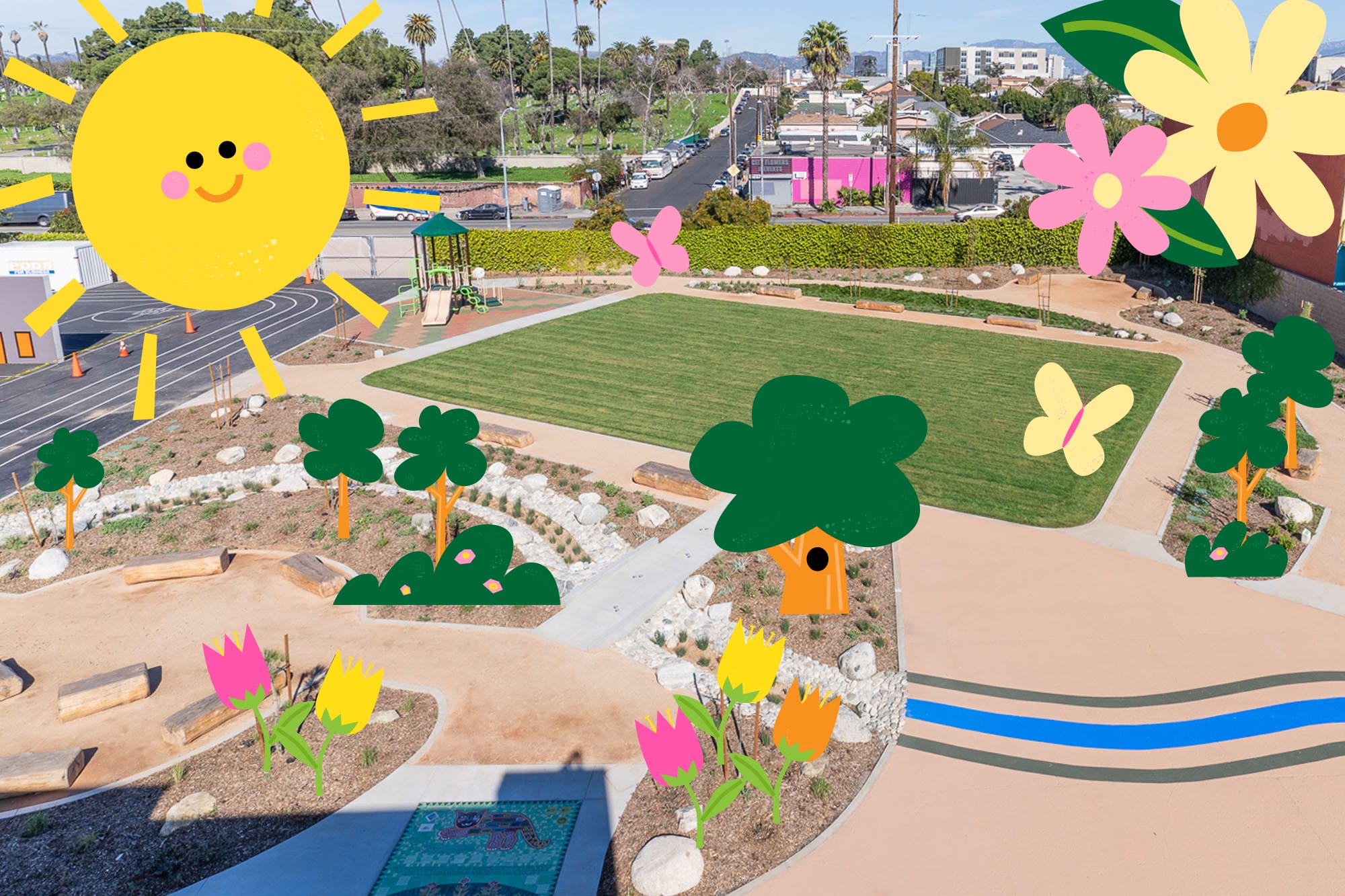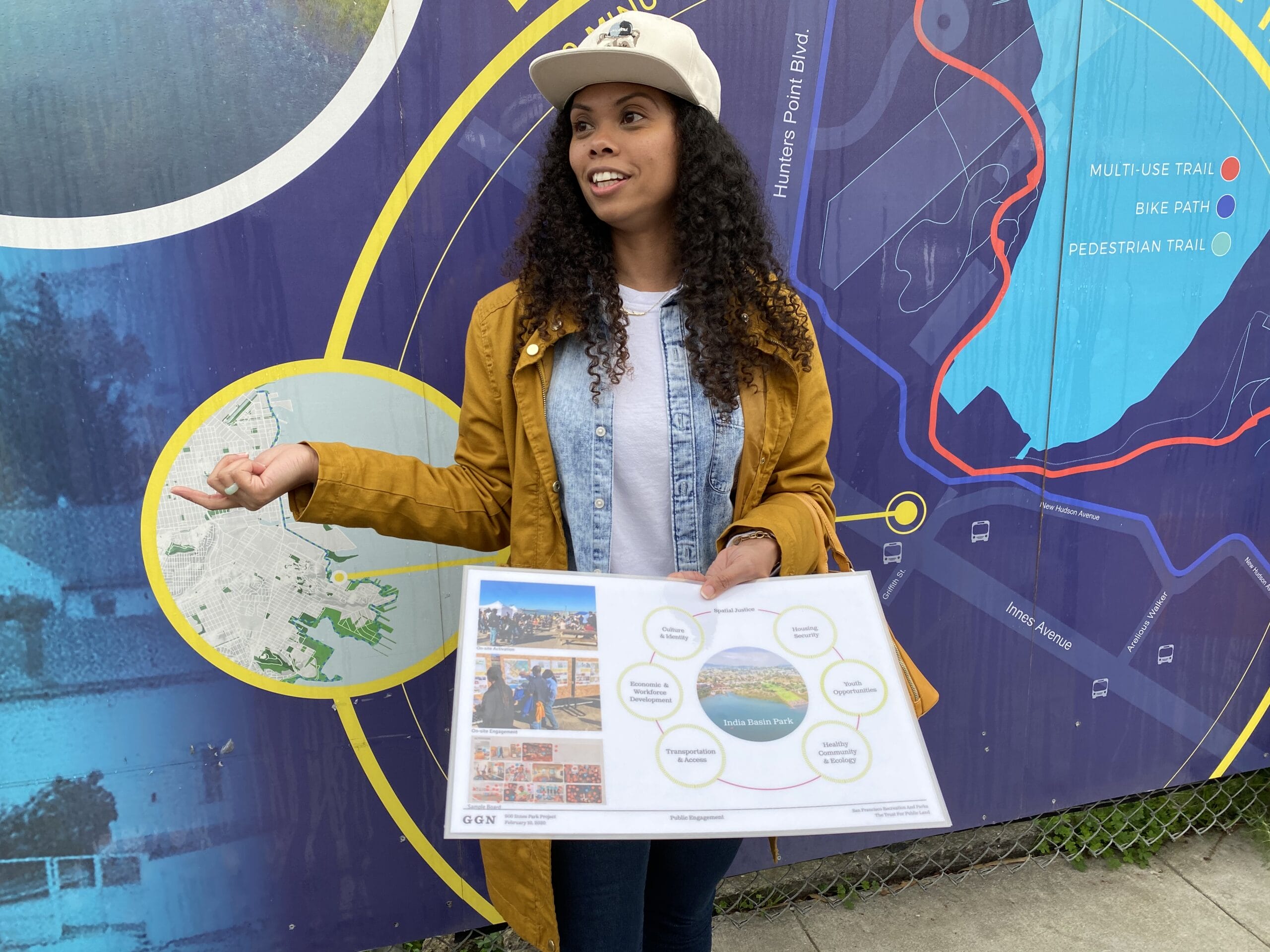
Humboldt Bay Working Forests
Humboldt Bay Working Forests
Humboldt Bay is California’s second largest coastal estuary and the fifth largest estuary on the Pacific Coast of the lower 48 states. An abundance of terrestrial and aquatic organisms, many of them threatened or endangered, are supported by the Bay’s tidal marshes, streams, eelgrass beds, and redwood forests. Humboldt Bay’s rivers and streams are home to the best remaining wild salmon runs in northern California.
Development pressure is growing at the interface of privately owned industrial timberlands and the expanding urban areas of Eureka, Arcata, Fortuna, and McKinleyville. As development expands, conservation buffers that benefit natural communities, water quality, and the future viability of the regions’ working forest landscape become more important. The Trust for Public Land is supporting the expansion of Humboldt’s community forests, which help municipalities create financially self-sustaining park spaces. In addition to community forestry efforts, we are financing conservation easements on large industrial working forests ringing Humboldt Bay to ensure the viability of the region’s timber economy.
One-third of Americans, including 28 million children, lack safe, easy access to a park within a 10-minute walk of home. Urge your senators to pass the Outdoors for All Act to create parks and enhance outdoor recreational opportunities!


Donate to become a member, and you’ll receive a subscription to Land&People magazine, our biannual publication featuring exclusive, inspiring stories about our work connecting everyone to the outdoors.
See how our supporters are helping us connect people to the outdoors across the country.











